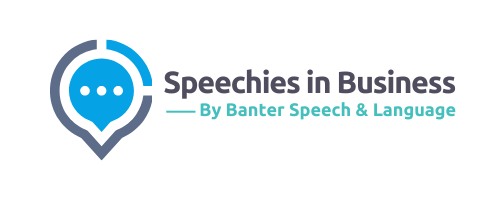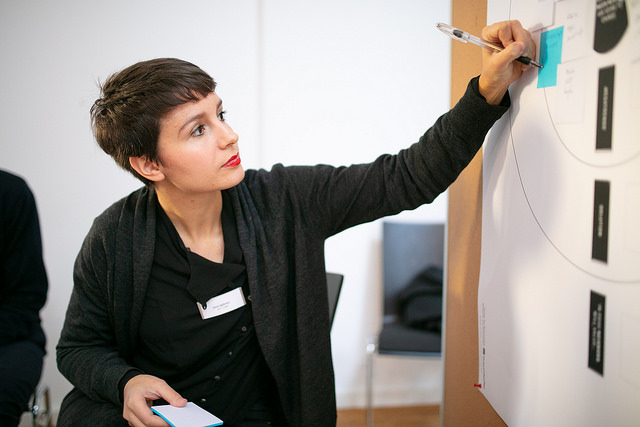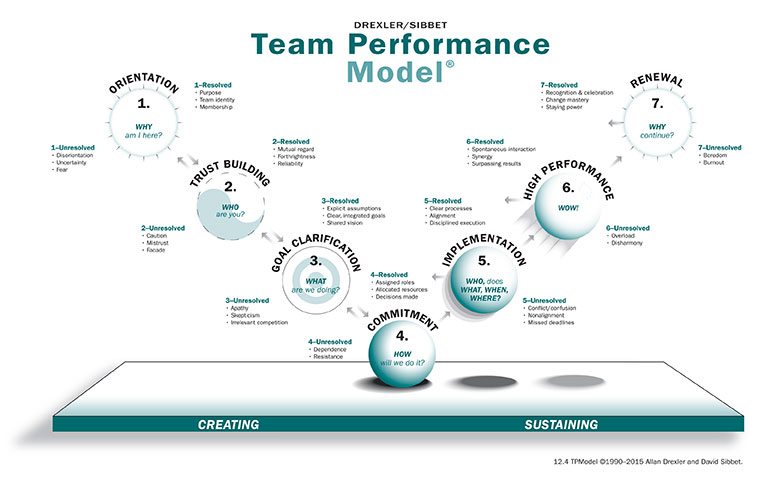8 mental models speech pathologists in private practice can use to make better business decisions
The world is complex. Speech pathologists are busy. Many of us are inundated with information. Most of us are juggling work and family commitments. Quite the recipe for procrastination, getting overwhelmed, and indecision!
Productivity tools and systems help but you need mental models
Trying to remember and prioritise lists of random things – from upcoming sessions, outstanding reports, phone calls to return, articles to read, supplies to order, bills to pay, tax statements to submit – is exhausting and stressful. Productivity tools, such as the Pomodoro technique, can help. So, too, can investing in the right systems, templates and resources. But none of those things help us to make decisions.
In private practice, we all make hundreds of decisions – big and small – every week. One way to clear away clutter, sift information, and to make decisions, is to use mental models: simple representations of reality that enable us to sort the wheat from the chaff.
You are already using mental models for clinical decisions
At University, most of us were trained to use mental models to make clinical decisions. For example, most of use elements of the ICF Framework, the Participation Model, and/or the EB3P model to plan and deliver services. As professionals, we are also required to adopt an ethics framework – whether it be Beauchamp & Childress’ biomedical framework underpinning our Code of Ethics, casuistry, or another framework altogether. In devising therapy goals, most of us use models of typical development, or evidence-based therapies that are themselves built on models of speech and language, e.g. Blanks Levels or Complexity theory.
But what about mental models to help with business decisions?
Here are 8 mental models I use to make business decisions in my practice:
1.Know your Circle of Competence: I spent a lot of my early professional years pretending I knew everything – even to myself. This left me with lots of blind spots that ultimately hampered my professional development. These days, I know what I understand, and am very honest with myself about what I don’t know. When I don’t know something clinically important, I add it to the list of things to investigate. In the context of my private practice, some of the product of this work evolved into the Banter Speech blogs and ebooks. Understanding my circle of competence helps me know when to seek help, and where to spend time and money improving my skills (and the skills of my team).
2. SCAMPER your services: As speech pathology services globalise and become more innovative, we need to think about how to deliver new services, and to deliver existing services differently. One way to think creatively about service design and delivery is to use the SCAMPER model, developed by Bob Eberle. It helps people to improve their products and services by asking the following seven key questions (originally developed by Alex Osborn):
- Substitute: can you substitute people, components, or materials?
- Combine: Can you combine with other functions or things?
- Adapt: Can you adapt functions or visual appearance?
- Modify: Can you modify the size, shape, texture, or acoustics?
- Put to other use: Can you find other, new, combined uses?
- Eliminate: Can you reduce, simplify, or eliminate anything you don’t need?
- Reverse: Can you use it for the opposite effect, or invert or reverse it?
3. Apply Hanlon’s Razor to keep perspective: Private practice can be a hot bed of paranoia and second-guessing, especially when it comes to things like negative online feedback and staffing issues. Hanlon’s Razor tells us we should not assume that people are acting with malice when we have a misunderstanding, disagreement, or receive negative feedback. If we assume that all criticism is from someone “out to get us” or someone “trying it on”, we miss opportunities to consider simple solutions, such as apologies, better systems, or more education, that makes what we do better for everyone involved. People have bad days. People make mistakes. People do things without thinking them through, especially on the Internet. If we give our staff and clients the benefit of the doubt by not projecting ill-intent onto their acts, and respond constructively, we tend to feel better about our practices and ourselves (and so do our staff and clients).
4. Exploit the magic of compounding: The process of adding interest to a fixed sum, which then earns interest on the principal and the interest added, then repeats forever, can reap enormous business rewards over time. Borrowed from the world of maths and underpinning the time value of money, compounding refers to the exponential effect that small, regular efforts can have on real world outcomes over time. In our practice, we find that working even a little bit on projects every day almost always results in better outcomes than trying to find (often non-existent) blocks of time to dedicate to projects. Breaking projects into small chunks also makes them less daunting, lowering resistance to sitting down and getting the work done.
5. Deal with the harsh realities of the Red Queen Effect: As the Red Queen says to Alice in C.S. Lewis’ Through the Looking Glass: “Now, here, you see, it takes all the running you can do, to keep in the same place”. In a competitive market for services, standing still means going backwards. Every year, we discharge clients and must attract new ones; and we may lose staff and have to replace them. To thrive, we have to first deal with the “churn” of clients and staff, before considering growth plans. If we fail to account for churn, we’ll find ourselves over-stretched and behind competitors who manage their own churn more efficiently.
6. Understand Dunbar’s Number: This is the number of individuals a primate can get to know and trust deeply, and is related to the size of the primate’s neocortex. For humans, the number is around 150 individuals (with a range of ~100-250). Dunbar himself expressed the rule informally as “the number of people you would not feel embarrassed about joining uninvited for a drink if you happened to bump into them in a bar”. Although the network effect tells us that organisations like Facebook, LinkedIn and Twitter become more valuable as more people join them, the Dunbar effect reminds us that there is a limit to the number of people with whom we can maintain stable, inter-personal relationships. It also explains why larger communities (including communities of speech pathologists) need laws, regulations, and rules of conduct to function effectively.
7. Improve team performance with the Drexler/Sibbet Team Performance Model: This is a simple model for building a team to carry out projects. If you treat your practice as an ongoing project, Drexler/Sibbet’s model can help you think about how your team members are interacting and how the team is performing.
Source/Credit: httpss://davidsibbet.com/process-models/
8. Use your stakeholders’ “Narrative Instincts”: We are wired to tell stories. We are also wired to listen to them. If you want to help educate or persuade people to your cause, frame your facts within stories. You may have noticed me not so subtly using the tactic in this very blog!
Further reading and free resources to help you choose mental models to help make business and life decisions
One of my favourite resources for thinking about thinking is the Farnam Street Blog and their equally thought-provoking podcast. See their amazing list of mental models here.
I also recommend the The Decision Book by Mikael Krogerus and Roman Tschappeler, which summarises 50 models for strategic thinking.
Image: httpss://tinyurl.com/yxnqx2zs









